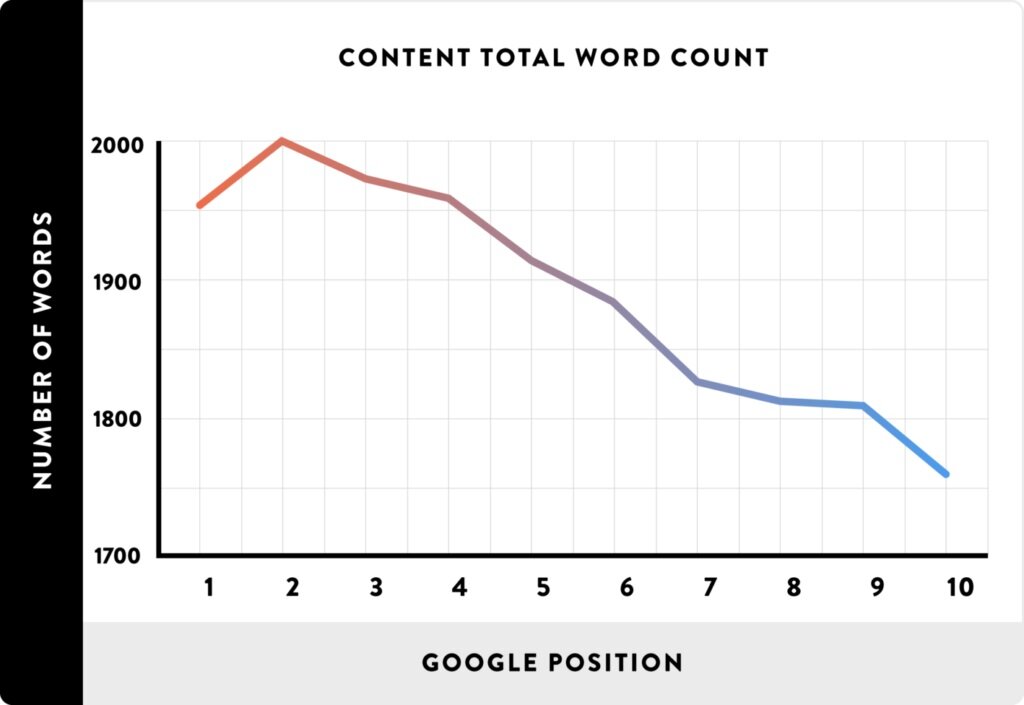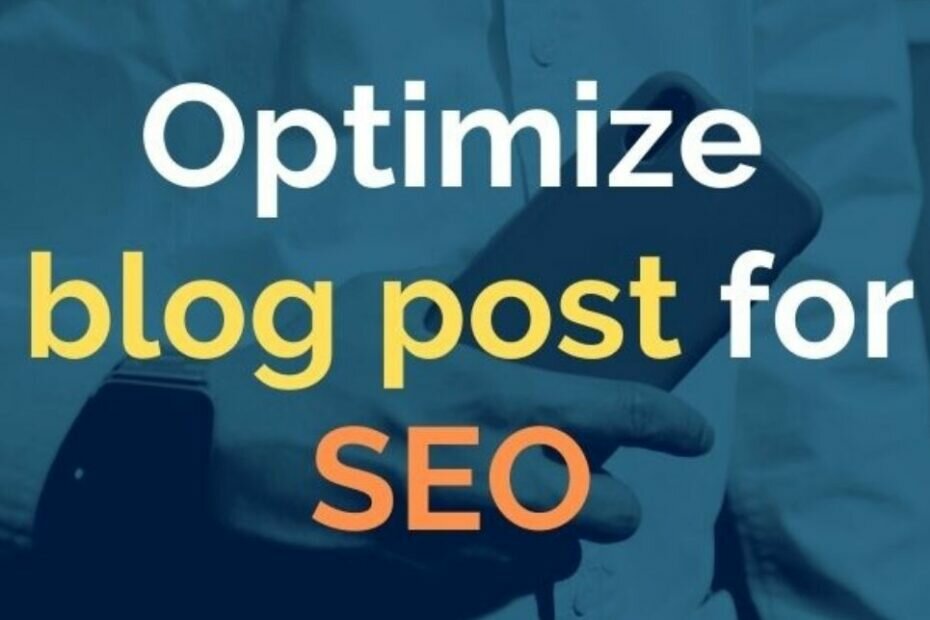If you are under the assumption that you will create the blog online and users will find it automatically then you are wrong.
Your blog will not visible online if it is not optimized for various search engines. Search Engine Optimization is very important for the success of any blog online.
Now, in Search Engine Optimization (SEO), techniques are broadly classified into two categories as below.
- On Page Optimization
- Off Page Optimization
On-Page Optimization techniques refer to those techniques which can be implemented directly on your blog while writing the blog post. Whereas, Off-Page Optimization techniques refer to those techniques which are implemented outside your website domain (on someone else site).
From the above para, you can clearly observe that it is easy to implement On-Page Optimization techniques when compared to Off-Page Optimization techniques.
Hence, when it comes to Search Engine Optimization, your blog post will be the best and easiest place to start it. Your SEO work will be half done if you optimize your blog post at the time of writing itself.
- Optimize blog post for SEO
- 1. Write a Catchy Title for your blog post
- 2. Include focus keyword in the first paragraph
- 3. Do proper Keyword research
- 4. Make it easy to read
- 5. Use Internal Links
- 6.Take care of Search Intent
- 7. Image Optimization
- 8. Long Blog Post
- 9. Write a unique Meta Description
- 10. URL Optimization
- Pro Tips
- Over to you
Optimize blog post for SEO
Do you want to rank your content higher in the search engine and generate huge traffic to it? If your answer is ‘Yes’ then this article is a must for you.
In this article, we have shared the easy techniques to optimize blog posts for SEO and drive huge traffic to them.
So, What are we waiting for? Let’s start discussing these easy techniques to optimize blog posts for SEO.
And, as always, if you think I have missed out on any important point or technique to mention here in the list then please feel free to share the same below in the comment box.
1. Write a Catchy Title for your blog post
Your blog title is the first thing a user will see before and after visiting your site. Make sure, it is catchy enough to attract visitors to your site.
Next, while looking at a webpage, Google also sees your blog title first, so ensure you’re telling them upfront what the page is about.
I strongly recommend including the focus keyword in your blog title. This will help your content to rank higher in the search result.
But, don’t try to ever cheat the user and search engine by writing a false title. If a user visits your blog post and doesn’t find anything related to its title and then they will leave your site immediately.
Over the time, this will increase bounce rate of your site and thereby will impact search engine ranking of your content.
Always remember, if your content does not match the user intent then it will not rank higher in the search results.
2. Include focus keyword in the first paragraph
Make sure your first paragraph include focus keyword in it and tell the entire message of the blog post.
In this way, you make it easier for users to understand what is post all about and tell Google about your blog post.
Next, in absence of the Meta Description, Search Engines including Google will display your first paragraph in its search results. It will appear to online users before visiting your website.
Hence, it is very important to clearly write the first paragraph of your blog post.
3. Do proper Keyword research
Do you know? According to Ahref’s study, 0.16% of the most popular keywords are responsible for 60.67% of all searches.
This clearly indicate the importance of Keyword Research before writing any blog post online.
Make sure you take care of below mentioned keyword related things while writing the blog post.
- Use long-tail keywords in your blog post.
- Try to include LSI (latent semantic indexing) keywords in your blog post.
- If possible then target low difficulty and high search volume keywords within your post.
- Include your focus keyword within the post’s description, title, heading, and sub-heading as well.
- Don’t do the keyword stuffing within your blog. We highly recommend 0.25% to 2% in keyword density.
- Ignore stop words while using Keywords within your blog post.
4. Make it easy to read
User readability is one of the critical ranking factor in SEO. Make sure, your blog post is easy to read, grammatical and spelling error free.
You can implement following suggestions to make your blog easy to read and understand.
- Use short paragraphs of two or more sentences only.
- Include visuals in your blog post to make it more interesting.
- Ensure proper font size. It should not be either too big or small.
- Maintain proper hierarchy while using headings on your blog post
- Use colors which are easier for a human eye to see and read.
Always remember, the user experience play an critical role in the ranking of your blog post.
5. Use Internal Links
Internal links are those hyperlinks which goes from one webpage to another within same domain.
I highly recommend using at least one internal link within your article. This will help your user to easily navigate to its related content on same website.
Please find below the various benefits of Internal linking the articles.
- Improve site Navigation
- Spread link juice to other pages of your site
- Increase pageviews on your site
- Increase overall time spent by visitors on your site
- Improve Page ranking of your site
- Helps in easy crawling and indexing
6.Take care of Search Intent
Search Intent refers to primary goal of an user visiting your site.
For example,
If you open Google and search ‘recipes for breakfast’ then your search intent will be to find different recipes for breakfast food.
But, What if you visit a blog post and do not find any recipes for the breakfast food. Instead, it includes recipes for dinner.
In such a case, your search intent will not get matched and you will leave the blog post immediately. Right?
Now, as told earlier in this article, if a user visits your site and leaves it immediately then it will have a negative impact on your site’s ranking.
It will increase the bounce rate of your site and hence your content will drop its ranking in the search result.
This problem gets more crucial when your blog post starts ranking for wrong keywords. For example, if you have written an article on ‘Apple Iphone’ but if it starts ranking for the keyword ‘Apple Fruits’ then this problem may get arise.
Hence, it is very important to take care of user’s search intent while writing any article on your blog.
7. Image Optimization
Adding Images to your blog post is a good idea. But, simply adding them will not do your job. You need to optimize your images for SEO.
Next, your uploaded images may also increase the loading time of your site. It is very necessary to optimize its size before uploading.
Make sure, you reduce its size without loosing quality before uploading on your blog.
For more information on Image Optimization, please refer to this article sharing 11 best image optimization tips for Search Engine Optimization.
8. Long Blog Post
Let’s put this in very simple words.
Long blog post means more number of words and more words means more number of keywords. Right?
In such case, chances will be higher that your content will rank for more number of keywords in the search engine.
Next, Google also loves long post. According to backlinko, the long-form content ranks significantly better than short-form articles. The below attached image clearly indicate this.

9. Write a unique Meta Description
Meta description is a HTML attribute that provides a brief summary of the entire web page.
In simple words, it is an option where you can summarize the entire blog post in 160 words. Next, this short summary will also appear in the search engine results under title of the blog post.
Hence, it is very important to write a unique meta description for your blog post and make sure it is attractive enough to urge online visitors to click on it.
10. URL Optimization
URL optimization is another important technique to optimize your blog post for SEO. Below are the various tips to optimize your URL.
- Keep it short and simple
- Avoid using stop words in it
- Must be related to your blog post
- Prefer hyphens to underscores
- Don’t use Capitalization
Pro Tips
The above On-Page Optimization techniques will only optimize your blog post for SEO. But, to rank your content, this is not enough.
Besides, On Page Optimization you also needs to implement Off Page Optimization techniques.
For your convenience, we have already listed out all SEO techniques in one post. You can refer to the same in this ‘SEO Checklist‘ article.
Over to you
Make sure you take care of all the above-mentioned tips while writing the article. Of course, you can go back and edit your old articles also. But that will be a too time-consuming job.
Instead, it is better to take care of these tips at the time of writing only.
Now, as always, if you think we have missed out on any important tips to mention here then please feel free to share the same in below comment box. I will be really happy to include the same in my article.
At last, if you have any query or need more information then please contact us directly through the ‘Contact Us‘ page or share your message in the below comment box. I will definitely reply to your message.
